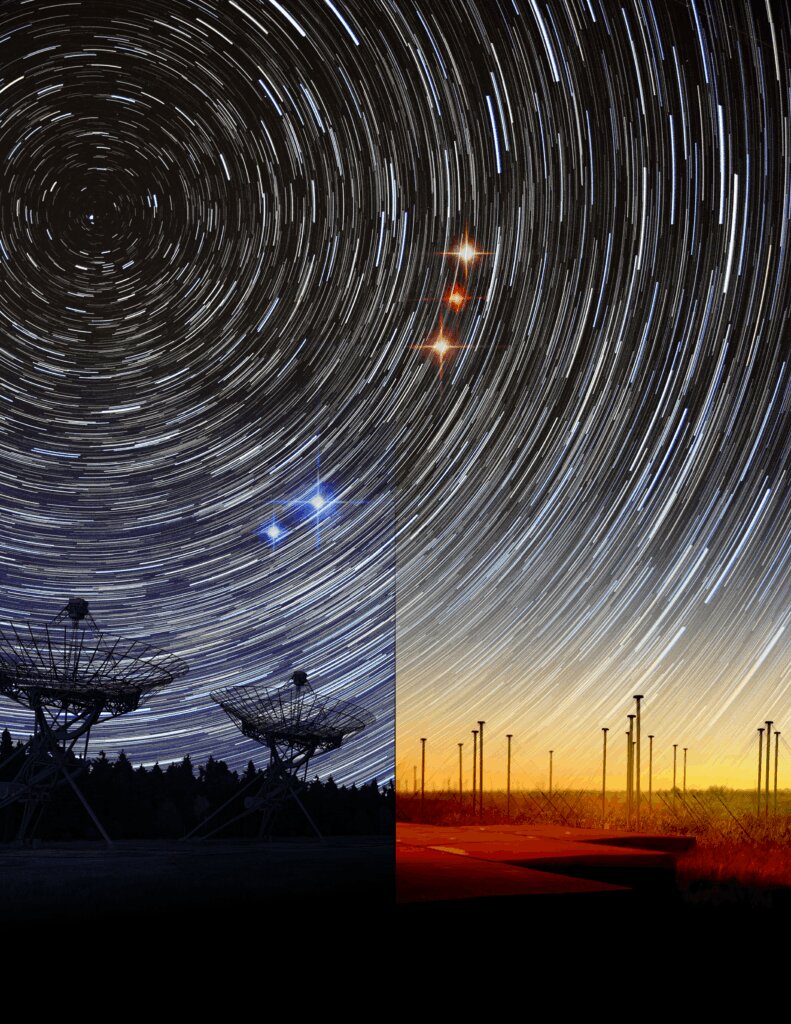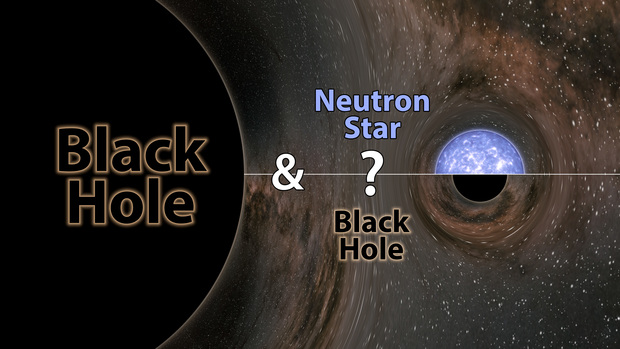
Using the most powerful telescopes on Earth and in space, a team of astronomers has found for the first time blasts of hot, warm and cold winds from a neutron star whilst it consumes matter from a nearby star. The discovery provides new insight into the behaviours of some of the most extreme objects in the universe.
Low-mass X-ray binaries (LMXBs) are systems containing a neutron star or black hole. They are fuelled by material ripped from a neighbouring star, a process known as accretion. Most accretion occurs during violent eruptions where the systems brighten dramatically. At the same time, some of the material that spirals in is propelled back into space in the form of disc winds and jets.
The most common signs of outflowing material from as...
Read More








Recent Comments